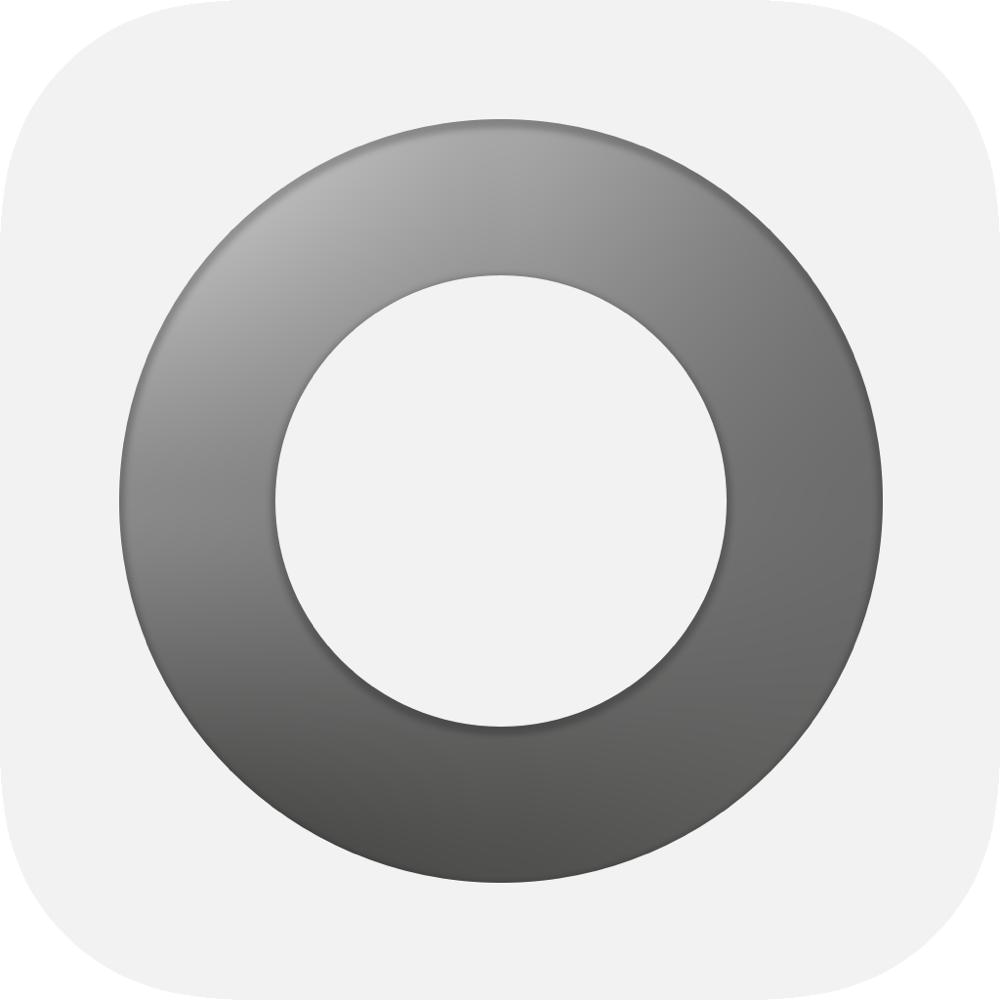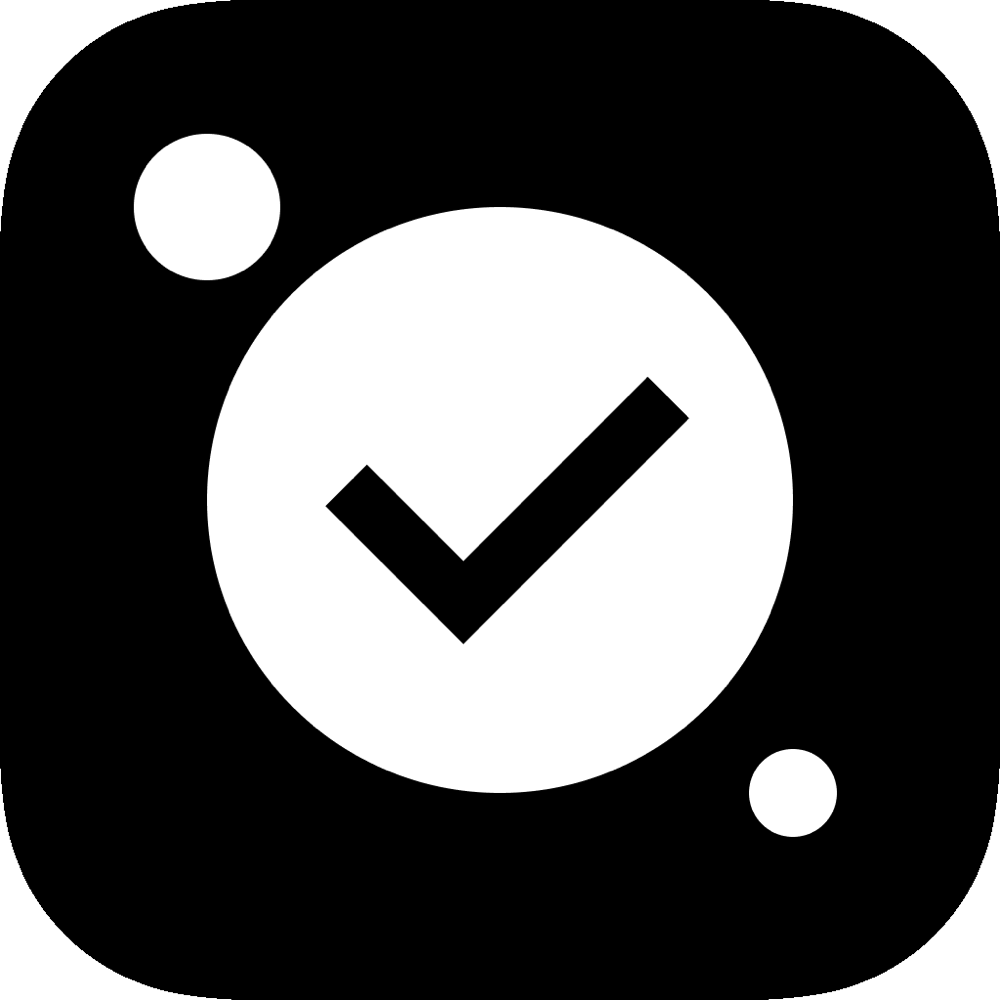Issue #15 - Quiche Browser
App Spotlight
App Name : Quiche Browser
Developer : Greg de J - Mastodon, Twitter/X
What is Quiche Browser?
Quiche Browser is the most personalizable web browser on iOS. Toolbars, menus, colors, the address bar, and the tab overview can be easily customized.
Whether you are a tinkerer who wants direct access to the buttons they use more frequently, or a minimalist who prefers a stylish and discrete toolbar for a more focused reading experience, you can tweak the app to suit all your preferences.
In addition, it offers many cosmetic options and quality-of-life improvements, like the ability to group tabs by domain in the tab overview, sort them by read time, open the keyboard automatically with a new tab, and much more.
All these little tweaks together can make browsing the web closer to anyone's liking, and as a result, a more pleasant experience.
Where did the idea for Quiche Browser come from?
Initially, my own needs. I love Safari but always found its toolbar prominent and distracting, and was bothered that I could not open a new tab or close the current one at once with a button tap.
After the multiple complaints and design revisions Safari went through during the iOS 15 beta phase, it became obvious that there is not a single browser user interface everyone will ever agree upon, and it was time to give people more choices.
What’s one stand out feature you’d like everyone to know about?
The toolbar gallery lists a wide range of toolbar variations that users can choose, before going deeper and tweaking them closer to their taste and usage.
I love a toolbar with a plain address bar showing the domain, the page title, the site favicon, and the read time estimation.
How do you promote Quiche Browser?
I announce every new release on Twitter and Mastodon... and that's it. I'm bad at self promotion, and there is much more I could do: posting content regularly in between releases, building a presence on the post-Twitter apps like Threads, connect on design minded communities like Posts or Instagram, or starting a newsletter.
How did you decide on the pricing?
Quiche Browser is free to use without limitations. For those lovely souls who asked me how they could support my work, I recently launched a paid subscription (aptly named Quiche+, what a genius branding). As it only offers additional app icons, it costs $0.99 per month. I hope I can bundle more nice-to-haves into Quiche+ in the future, but essential features will stay free.
How did you launch Quiche Browser?
Around three months before launch, I posted a long thread on Twitter to introduce the app, its core features, and announce the beginning of the beta period. To engage more with early testers, I asked people to DM me to get invited. By starting the conversation before they tried the app, I think I received more feedback than I would have if I shared an invite link publicly.
The launch announcements on Twitter and Mastodon went relatively unnoticed. Same with Product Hunt and Reddit. The app was picked up by a few French and German online publications covering Apple related news, but the big names like 9to5Mac or MacStories have not shown any interest yet.
However, to my surprise, my Show HN post got promoted to the front page, getting me 100 times more downloads than usual for a few days, and many enthusiastic comments, messages, and reviews.
The app's website is minimal at the moment, but when I launched, there wasn't even a screenshot of the app! In hindsight, I could have delayed the launch a few days in order to build a more detailed landing page.
How long did it take to get to the first version?
Between six and nine months, depending on if I omit the first three months bumping my head against the limits of SwiftUI, before giving up and refactoring to UIKit. It was released in July 2023.
I want to love SwiftUI, and no question that it is tremendously good at quickly getting to MVP stage, and for prototyping ideas. But I overestimated how much it would let me tweak the UI the way as I wanted.
I agree with Bruno Rocha's conclusion on the UIKit vs. SwiftUI topic:
more complex pieces of UI can be a lot harder to pull off with SwiftUI when compared to UIKit.
Is there anything you’ve learnt that stands out?
You can never guess how people will react to your app. I got all the things I was expecting people to praise and complain about wrong! And without a large audience (think thousands) helpful enough to use an unfinished TestFlight app extensively and report feedback, it may be more efficient to ship an MVP directly to the App Store, and see how real people resonate with it.
Any tools or apps you would recommend others check out?
Sketch for design prototyping, Dash to breeze through Apple SDK documentation, Reveal to debug auto layout constraints, Sim Genie to tame the iOS simulator, Things for task management, AppFigures and ASO Suite for App Store keyword discovery and monitoring.
What's one tip you would give to someone starting out?
As everyone knows, starting a new Xcode project is easy, but staying motivated through the early development stages to shipping to the App Store is challenging.
What helped me going through these stages was making this app an essential part of my digital life from the early days, by browsing the web exclusively with it on my phone, even when it was barely usable. Imposing this torture to myself not only encouraged me to keep improving it, but these long usage sessions helped me identify shortcomings that would have gone unnoticed if I had kept using Safari as my daily driver.
Where can everyone go to find out more?
You can follow Quiche Browser updates on quiche.works/browser, on Twitter or Mastodon.
You can also reach out directly on my personal accounts Twitter and Mastodon, or my website.
I answer every message and am always happy to discuss and geek out about web browsers.
App Radar
New Apps
Moons by Kriss Slazinski - Mastodon, Twitter/X
Are you looking for a powerful and intuitive time tracking solution for your projects and tasks? Look no further!
Moons is here to streamline your productivity and help you make the most of your time.
Pipilo by Łukasz Rutkowski - Mastodon
Pipilo is an iOS application for Mastodon/Fediverse where you browse posts in a horizontally scrolling timeline. Each post takes full screen space and displays replies related to it in a threaded layout. You navigate between posts by swiping left or right and your reading position is always remembered by the app.
Updates
Zenitizer by Manuel Kehl - Mastodon, Twitter/X
Zenitizer is a clean and simple meditation timer and habit tracker.
Version 1.4
Meditation Reminders - with Smart Reminders, you can make meditation a part of your daily routine. For example: Get a meditation reminder a few minutes after waking up, or after finishing a workout.
Thanks for reading, I hope you enjoying reading as much I do putting it together. Please help support the newsletter by sharing it. The social links are below.
If you have an app, tool or service that would like to be included then please submit it here.
IndieAppSpotlight - Mastodon, Twitter/X
by Craig Osborne - Mastodon, Twitter/X





